Greece is a world of hidden gems, often more renowned for its exquisite islands leaving many of the wonderous mainland locations overlooked.
The region of Epirus is a perfect example of such. Still untouched by mass tourism, the places to explore are numerous, with unbelievable routes for excursionists that can be described as a top choice for lovers of nature, trekking and social distance.
It is here in Epirus, located in the northwest part of Greece and close to the Albanian border that you will find Zagori (or Zagoria), a mountainous expanse of stunning beauty in the Pindus mountain range.
A surreal location, rich with stunning views, Zagori covers an 11 thousand kilometer area of enchanting woods that are home to a lot of protected species such as the brown bear, the wolf, the lynx, the jackal to name a few.
Nestled amongst these woods and the crystal clear alpine lakes lies 46 Zagoria villages (or Zagorochoria or Zagorohoria), each of them still producing traditional handicrafts to this day.
WHAT TO VISIT
All of the Zagori villages boast unique, lovely features, with amazing landscapes and peppered with old coffee houses. The atmosphere, the chilled vibe, and the locals ooze a tranquility not easy to find in our world and more expected in a fairytale.
Main highlights include:
Vikos Gorge, a name now famous also as a popular brand in Greece for water fresh from the mountain. It is listed by the Guinness Book of Records as the deepest canyon in the world in proportion to its width.
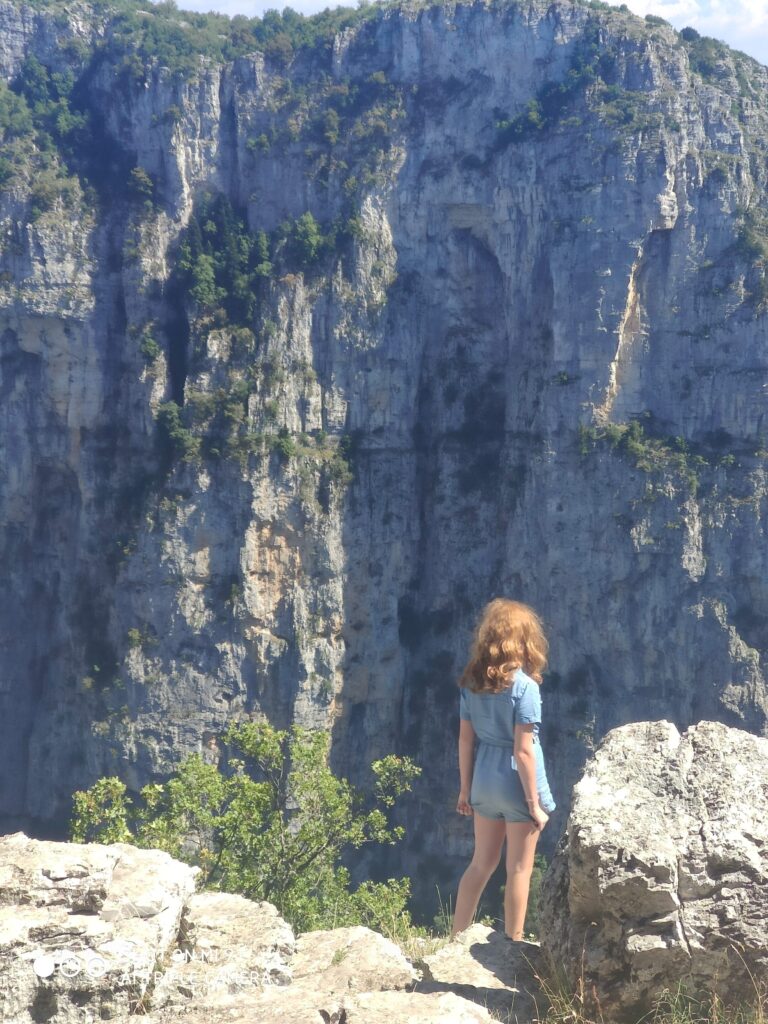
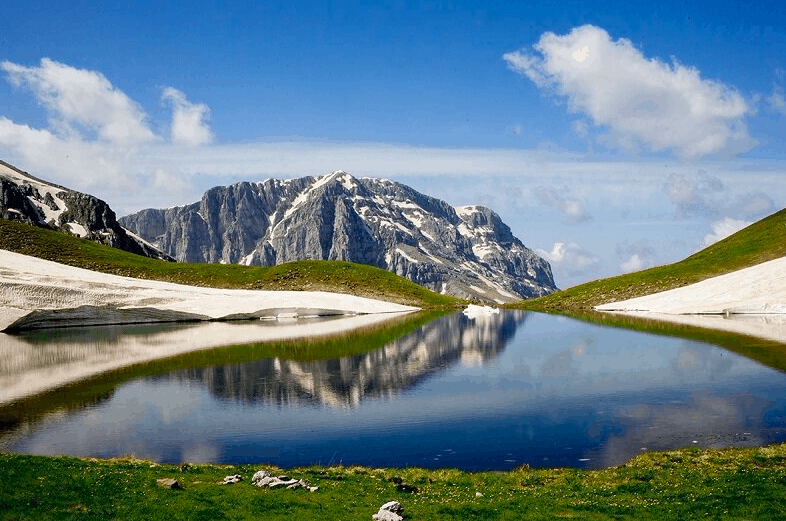
The Lakes of Drakolimni, which lay below the Tymfi mountain. The translation means ‘Dragons’ mountain’ as according to local legend, the peculiar landscape was created by dragons who inhibited the lakes and fought each other by throwing pine and rocks.
The village of Papigo is probably the most visited due to its cobblestone alleys and the traditional stone houses. The scenic landscapes can be admired from the often-photographed promenades around the villages.
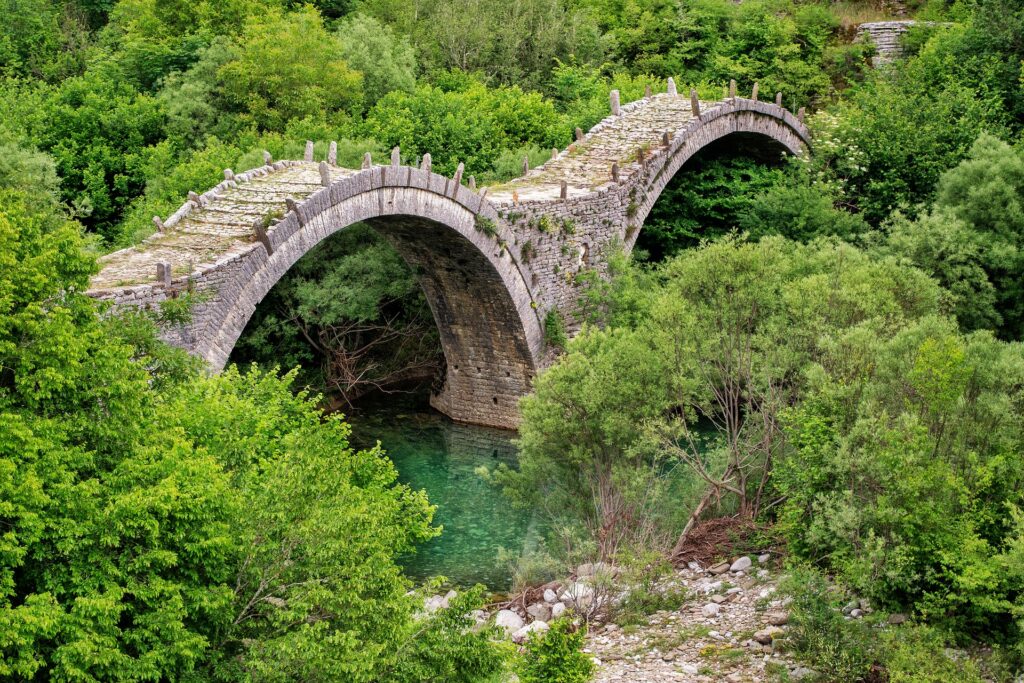
The bridges of Zagori are famous all over Greece for being stone-made. Kalogeriko, a three-arched bridge, takes first position on the list. It was originally built out of wooden material and then converted to stone in 1814 by the abbot Seraphim of Prophet Elias monastery in Vitsa. This is why it is named Kalogeriko meaning ‘monkish’.
Hunters of the Ice Age in the Voidomatis Valley Trail. The origins of this great trekking route stems back to the last glacial global event; 22,000 - 18,000 years ago. The climate took an upturn trend (17,500 years ago), triggering the melting of the ice-sheets that capped the summits and plateaus; and the resulting discharge of massive volumes of water created the erosion that is now known as the valley of Vikos. Trekkers can follow a designated path along the valley and learn about the paleolithic cultures and the Pleistocene ecology.
Pindos mountain ski resort is also located in the Zagori region and it's a well know area to visit for lovers of skiing, snowboarding and winter sports.
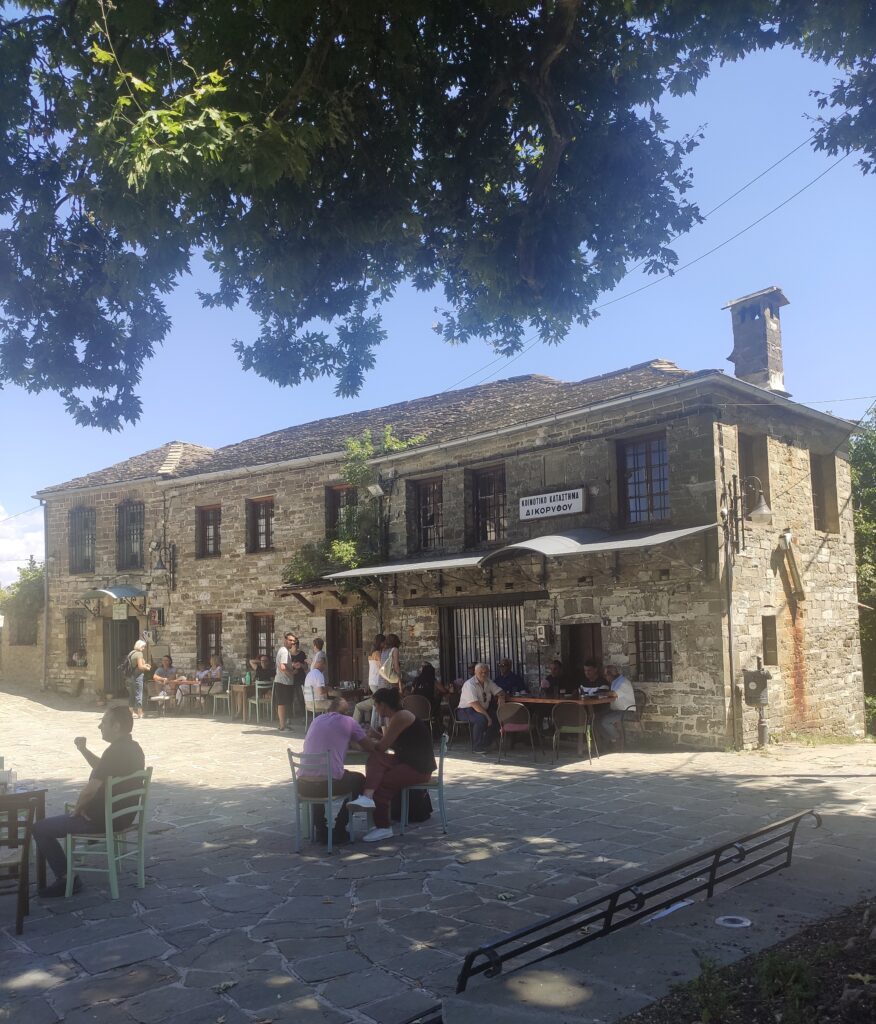
GETTING THERE
Getting to Zagori from Ioannina is relatively easy, aside from the fact that the road to reach the villages of Zagori is very steep. It takes around 1 hour by car to reach the first villages from Ioannina and subsequently a few more minutes between each village once up there.
Buses run from Ioannina to almost all the villages of Zagoria, including the popular villages of Papigo, Monodendri, and Konitsa. Depending on where the villages are located, the duration of the trip will vary from 40 min to 1 hour.
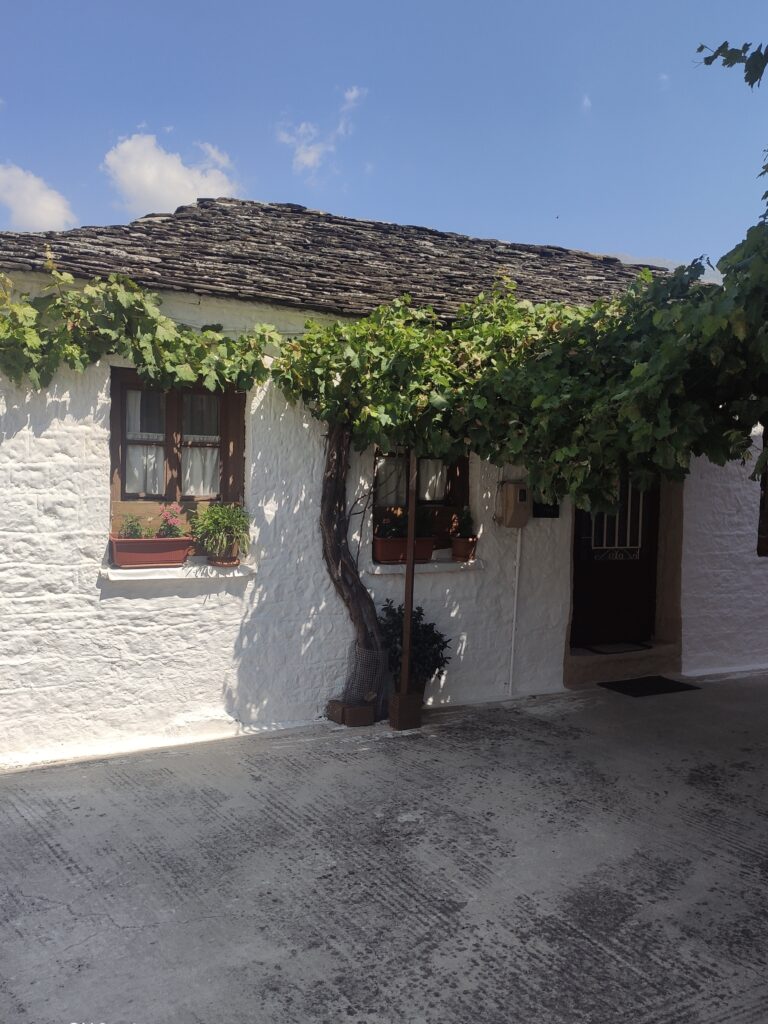
WHERE TO STAY
The choice of accommodation is not as vast as it is in nearby Ioannina however you can spend the night in the bigger villages, such as Dipotano and Ano Pedina, where you can also enjoy the best sunsets. You will find local houses ready to host tourists for a full local experience or a small choice of Hotels - even a few luxury options should you reason for the visit be to relax completely.
TEMPERATURE AND EXCURSIONS
Due to the high altitude reaching up 1,200 at the highest villages, the temperature can drop to 10-15 degrees C in the evening in summer. Covered by snow in the winter, the villages are difficult if not impossible to reach. It is highly recommended to pack trainers for comfortable walking and to take a warm jacket in preparation for the cold nights and the strong winds.
WHAT TO EAT
Particularly famous for the local milk, the region and the area up in the mountains are also known for great meat, yogurt, local cheese, and honey. Local delicacies to try is the smoked metsovone cheese, spicy vasiloteri cheese, and the famous ioannotiko, baklava dough sheets. If you are a bit more hungry, the local pita with a cheese called Tiropita is the dish you must try. The most traditional restaurants in the area would be Papigo Towers restaurant a delicacy for the meat lovers and stew, or the Kores Restaurant where the spanakopita and the other local pitas are cooked by the local ‘celebrity chef’, Maria. The prices are also very reasonable and you won't spend more than 20€ for a full meal per person.
HISTORY
Archaeological excavations show that the area of Epirus was inhabited at least since the Paleolithic age. During the following era of the Neolithic, Epirus was occupied mostly by shepherds and hunters, who introduced their language into the local culture. Furthermore, these people used to bury their leaders in large mounds. The same burial mounds were found in Mycenean Greece suggesting that the origins of the Myceneans to be in Epirus or Albania.
READ MORE ABOUT ZAGORI ON GREEK CITY TIMES
Hotel in Zagori, Ioannina names Best Historic Hotel in Europe

